Barn Owls in 2019: update from Colin Shawyer
18 Apr 2019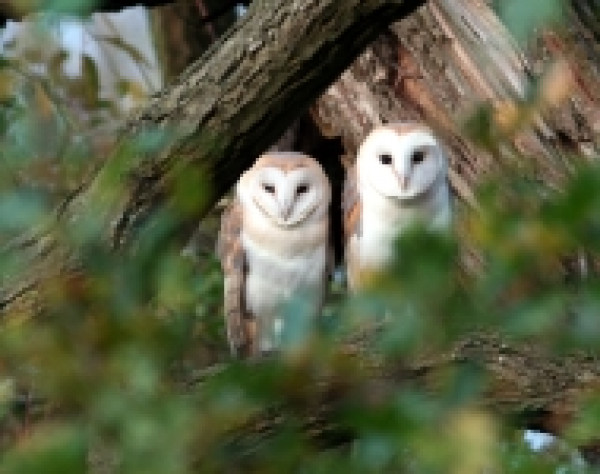
Widely recognised for his work on the study and conservation of owls and raptors, biologist and professional ecologist Colin Shawyer has collaborated with the BTO on projects such as Project Barn Owl (1995-1997) and the Barn Owl Monitoring Programme (2000-2009). As founder and co-ordinator of the Barn Owl Conservation Network (BOCN), Colin is in contact with Barn Owl ringers and nest recorders across the country and oversees the annual monitoring of over 3,000 nest boxes.
2018 summary
The Barn Owl breeding season was poor throughout much of Great Britain in 2018, characterised by nests failing with eggs and small chicks—especially so for pairs that laid in early-to-mid April—and successful nests averaging broods of only 1.5–1.9, lower than in 2017.
The early nest failures can probably be ascribed to the blast of cold and snowy weather dubbed the ‘beast from the east’, the relatively late arrival and prolonged severity of which likely hampered males provisioning their partners during the crucial period of courtship and incubation. Indeed this was revealed at some sites with static nest cameras, where males could be seen visiting only intermittently. For many pairs, this resulted in partly incubated clutches that were later abandoned.
The severe weather in March and the first few days of April then gave way dramatically to the hottest and driest April on record and drought conditions persisted throughout summer. Grass did not grow—cattle had to be supplementary fed on some farms—and no doubt this did little to help breeding field voles at a time when their abundance was already low. Lack of prey, therefore, could well have affected Barn Owls that were beginning to nest or lay repeat clutches in June and July, although among those few that did nest and were monitored during this time, brood sizes averaged 2.8–3.2, closer to the 10-year norm.
Occupancy of nest sites also dropped in many parts of the UK in 2018, in some regions by a quarter to one-third of 2017, and even at nest sites where pairs were present for much of the season, many did not attempt to breed.
Usually in a given season, average timing of laying, clutch size and brood size figures for Barn Owl will be remarkably similar across the UK, but Wales provided the exception to the overall underwhelming picture in 2018, just as it did the previous year. Pairs were back at nest sites in abundance and brood sizes averaged 2.7–3.2. Barn Owls also fared better in south-west Scotland, where despite early failures on clutches of eggs, surviving broods averaged 2.5, and the southern English counties of East and West Sussex, where box occupancy was high and brood sizes averaged 3.2. Conversely, on some parts of the east coast, occupancy was especially low and nest failures far greater than elsewhere in Britain, though even then some small pockets further inland saw brood sizes average 3.3–4.0.
Thoughts on 2019
In January, as always, we caught Barn Owls that were back at nest sites in order to assess their condition. Weights of females turned out to be typical for the time of year and somewhat higher on average than at the same time in 2018, moreover they were very consistent between regions. Males were a good weight too, suggesting a healthy prey population. On the basis of this and my 35-year ongoing analyses of Barn Owl breeding productivity, I hope and expect 2019 to be a successful breeding season and vole abundance to be close to its 3–4 year cyclical peak, which ought to mitigate any effects of a severe winter or another late spell of cold, snowy weather. As always, though, Barn Owls at higher altitudes will be more susceptible.
Thanks, as always, to all of you who assist me throughout the year and especially my many BOCN and BTO friends and colleagues who keep me abreast of their nest monitoring and conservation work. I hope my predictions for the year are forthcoming and that you all have a rewarding season.
Colin Shawyer
January 2019
Barn Owl Conservation Network founder and co-ordinator, UK and Ireland


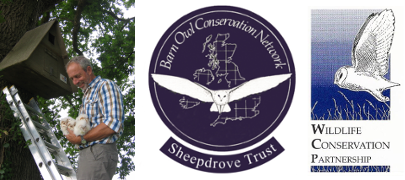
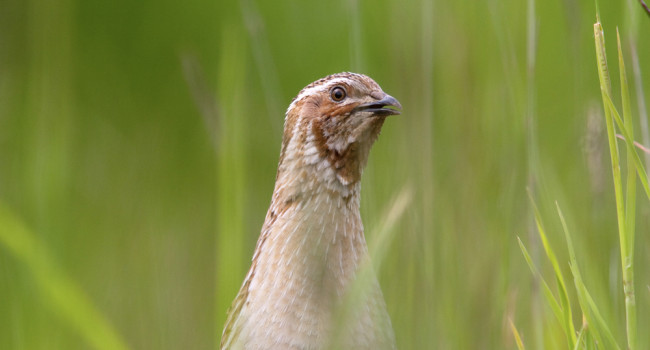
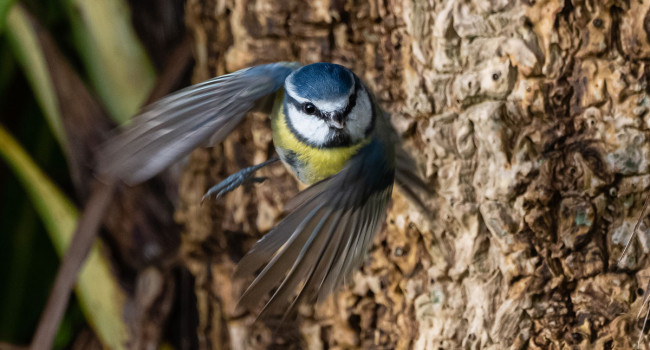
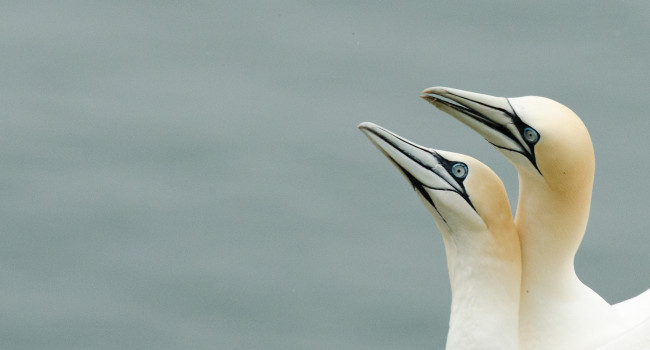

Share this page